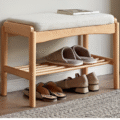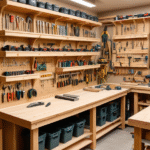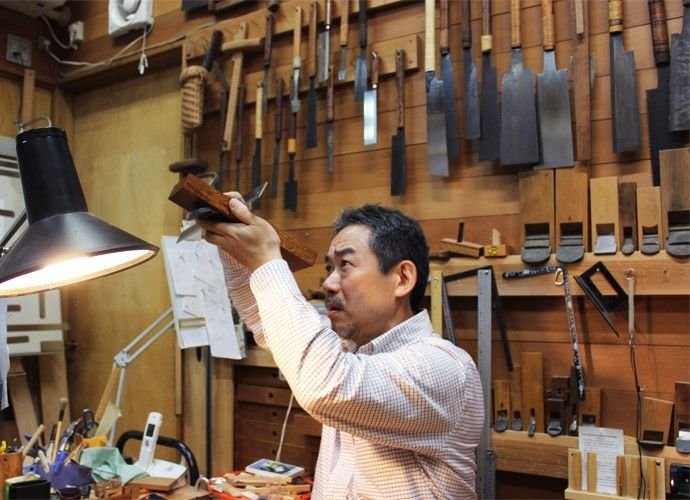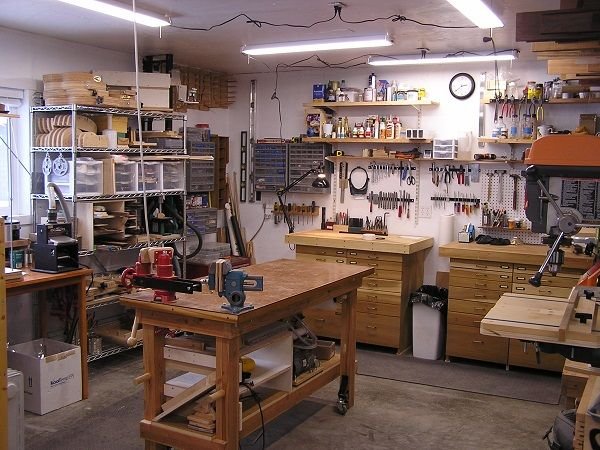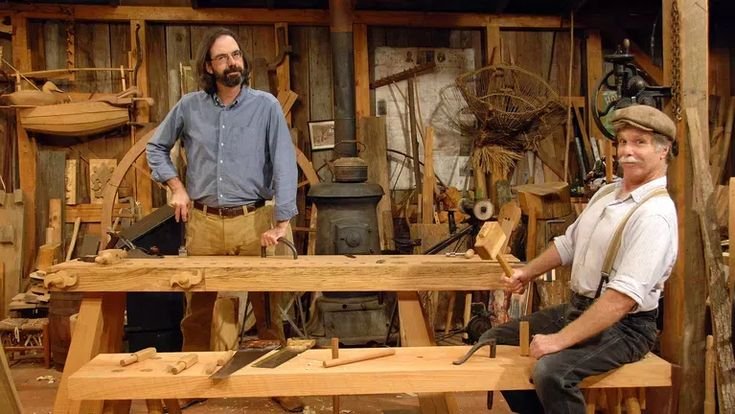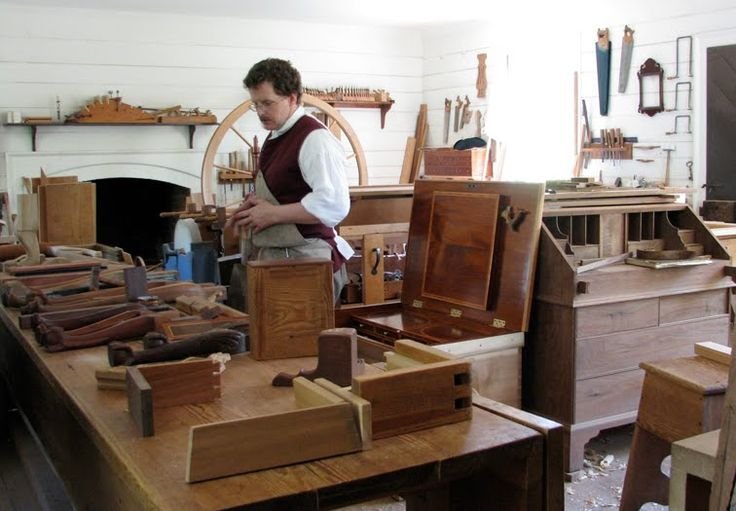Coffee and CNC Machines: A Woodworker’s Tale
You know, just the other day, I found myself sitting out in my garage, the smell of fresh sawdust mixing with the late afternoon sun streaming in through the cracks. It’s odd how scents can take you back—I could almost hear my dad’s voice telling me to take my time, but the whole business of woodwork can get a little hectic, especially when you throw CNC machines into the mix.
So, I was sipping on my trusty cup of joe, pondering my love-hate relationship with that noisy but reliable little CNC machine I invested in last year. Let me tell you, it was a real leap of faith for a guy like me, who usually worked with nothing but a jigsaw and a sandpaper block. But I had this dream of cranking out some intricately carved projects, like those fancy signs you see in high-end shops.
The Moment of Reckoning
I remember thinking, “What’s the worst that could happen?” I don’t recommend asking yourself that unless you’re ready for the kind of excitement that usually follows a bad decision. I went ahead and bought an X-Carve from Inventables. It was shiny, looked like a spaceship in my little garage, and everyone seemed to rave about it online. But boy, did it come with a learning curve.
The first project I tackled was a name sign for my neighbor’s new bakery. The plan was straightforward: carve out her name, do some nice floral designs, and maybe even throw in a cute little pastry graphic. I was pumped. Downloaded all the software, watched a couple of tutorials, and for a brief moment, I felt like a woodworking wizard.
But, oh man, did I have a rude awakening.
The Blunders of a Rookie
So there I was, feeling invincible, when I hit “Go,” and the machine sprang to life. There’s this low humming sound it makes—kind of like a swarm of bees—and it instantly felt like I was about to summon something magical. But I don’t know what it is about first attempts; they always seem to go sideways.
Somewhere in the middle, I noticed the bit was snagging a little more than it should. I thought, “This can’t be right!” But I was nervous about stopping; the last thing you want to do is lose your place in the design. Well, wouldn’t you know it, that little bit went off course and made less of a sign and more of a fancy abstract art piece.
I couldn’t help but laugh, though—if you can’t laugh at yourself, what’s the point? At least my neighbor got a good chuckle out of it; she just told me the design was “unique.” I loved her positivity, but deep down I was thinking, “That’s kind of code for a disaster!”
Lessons Learned (the Hard Way)
Fast forward to my fifth or sixth go-round, and I finally got the hang of things—most days. Each project felt like a personal battle, and I got to know my materials better than I ever thought possible. I stopped using cheap plywood; it warped too much, and learning to work with hardwoods like oak and maple was like drawing from a fine palette. The grain patterns, the scents—sweet woodsy notes—it all made the effort worth it.
I figured out, too, that not every CNC is created equal. A buddy down the road uses a Shapeoko, and while it’s great for beginners, it just didn’t give me the finesse I wanted for my intricate designs. We had this running joke about the "Shapeoko shuffle" because the thing has a propensity for losing its fidelity on complex curves. You learn to appreciate a machine that can take a bit of roughhousing and still come through for you, you know?
The Satisfaction of Creation
Eventually, I crafted something I was genuinely proud of—a detailed wooden clock for my wife’s birthday. The project took almost a week, and I lost count of how many late nights I spent covered in sawdust and coffee stains. But when I handed it to her, her eyes lit up like Christmas lights—that was worth every moment of frustration I’d faced.
That clock ticked away happily on our living room wall, and every time I glanced at it, I couldn’t help but feel a surge of pride. This beat all the trips to the hardware store trying to find just the right bit. I even mastered sanding it down just right so the finish didn’t smudge the design.
A Warm Closing Thought
So if you’re out there thinking about diving into woodworking with a CNC machine, my advice? Just go for it. Mistakes—they’re part of the charm. Sure, you might end up with a few abstract art pieces along the way, but those bumps in the road make the finished projects feel that much sweeter.
Honestly, I wish someone had told me how both frustrating and rewarding this journey could be. So grab yourself a cup of coffee, fire up the machine, and let your imagination run wild. You just might surprise yourself with what you can achieve!

